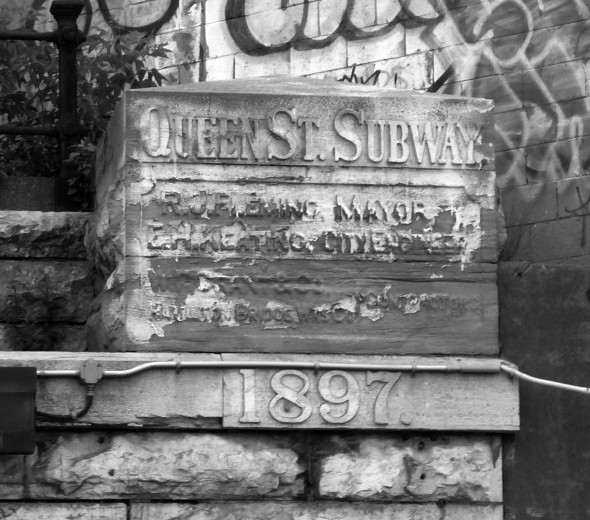Regarding 3. The "US model of inner city decline" is primarily a post WWII phenomena driven by the ubiquitousness of the automobile, which manifested itself in controlled access highways reaching into the urban core. Prior to WWII it was just streetcars and rail that supported suburban expansion, and that was a global phenomena, not just an American one. Therefore I think you're statement is wrong in that urban decline was not a "US model" from the 1880's to the 1960's, but a global model. For example, many cities like London, Paris, Rome, Berlin, Tokyo and Hong Kong all saw rapid suburban expansion driven by rail development in this period. The two models bifurcated in the 1950's, with Toronto starting off down the US path and then swinging back to the global path (actually a hyrbid between the two). That was enough to save the urban core from decline.





